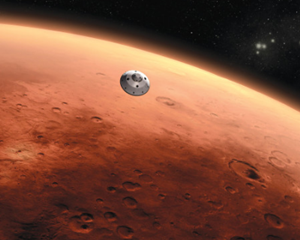In 2020, Lisa Kaltenegger, an exoplanet astrophysicist and director of the Carl Sagan Institute at Cornell University, and collaborator Dang Pham wondered if machine learning systems could be trained to pinpoint life-enabling resources like water -- something ExoMiner cannot do.

The computer programs were best at spotting the telltale signs of leafy plants and less reliable when looking for evidence of lichen, tree bark, or biofilm.











